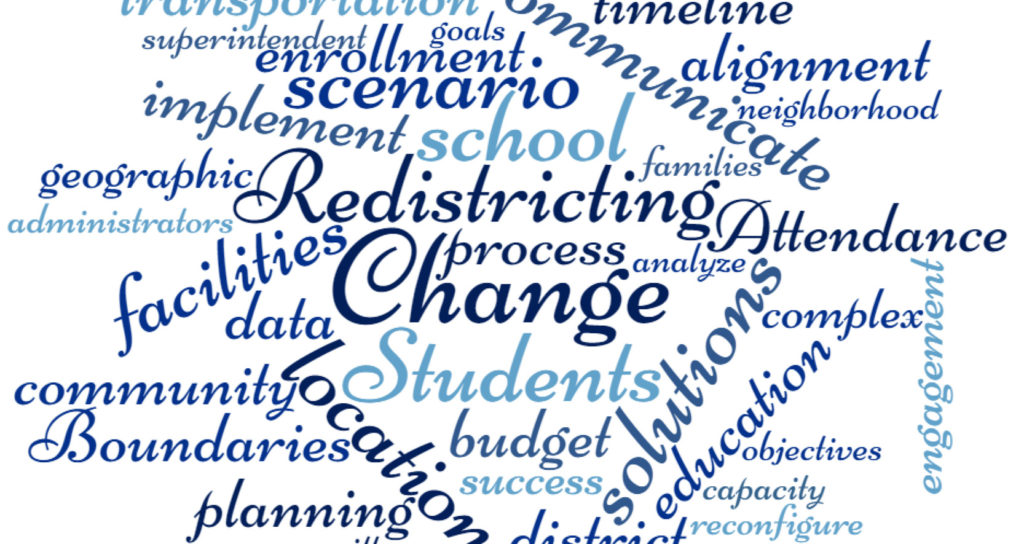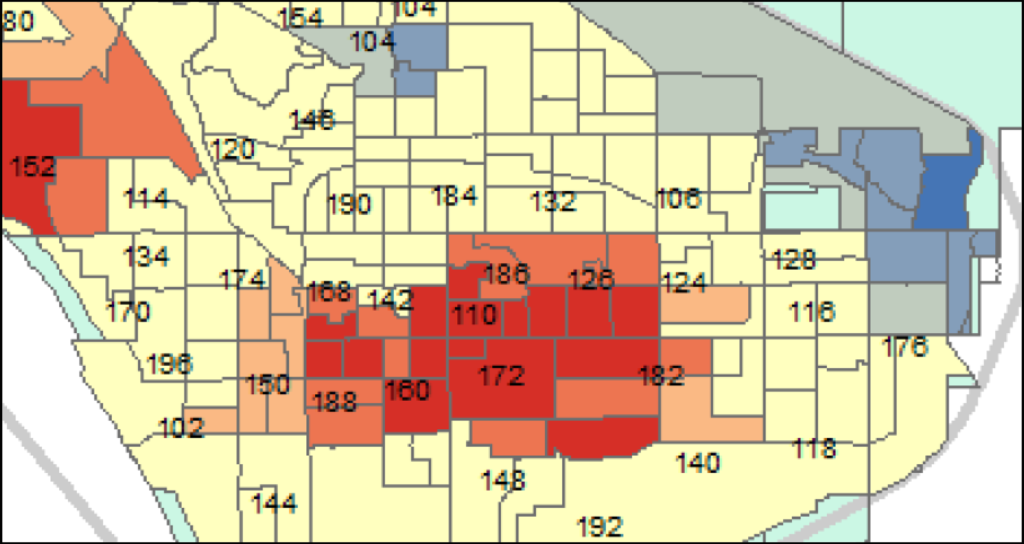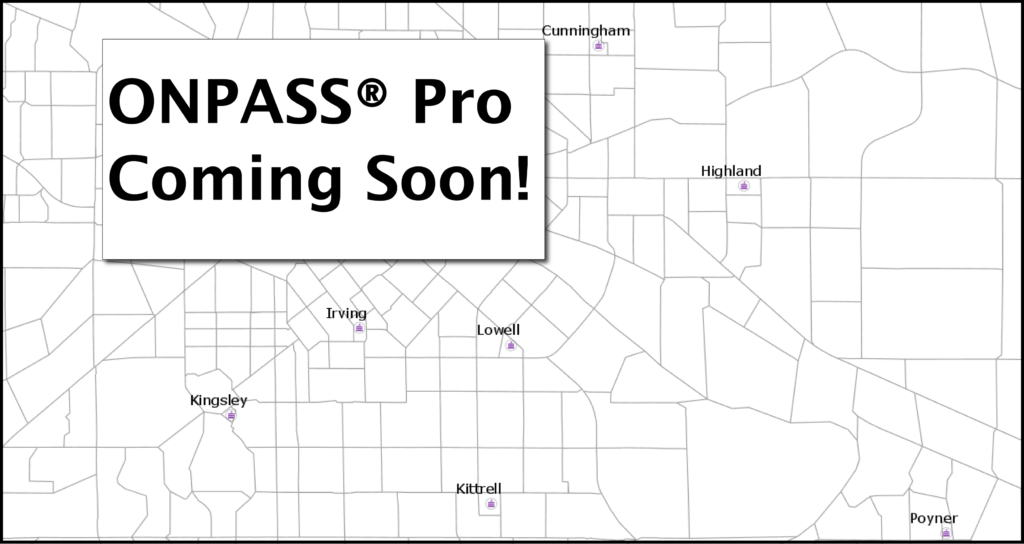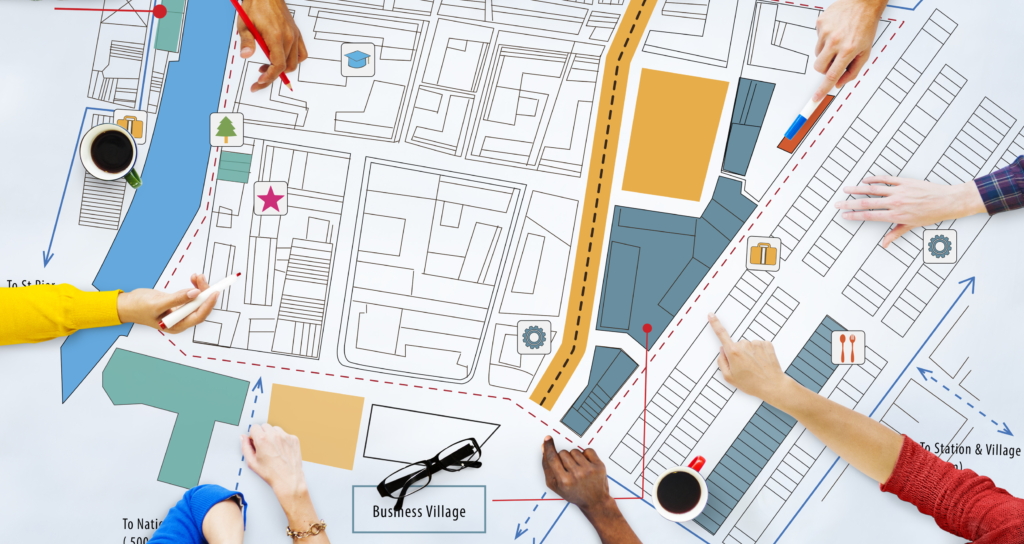By Susan M. McMillan, Ph.D., Senior Statistician and Researcher
Our family moved to Eden Prairie, MN during the middle of the 2011—12 school year. On an ice crystal-cold morning in January, I was pleasantly surprised to discover that a school bus would collect my boys at our corner. When we decided which house to purchase we had been under the impression that our family fell into the “walker” category because we lived only a few blocks from an elementary school.
The pleasant feeling faded as the other parents at the bus stop abandoned their “Minnesota nice” roots and described the acrimonious year-long redistricting process that had sent our neighborhood kids to a school about 1 and a half miles away. Read more





